Michal Kankowski is a founder of the Kickstart Side Hustle platform, where he shares marketing psychology cheatsheets and viral marketing case studies. You can find him on Twitter @mich_kanka.
People often forget - we sell our products to flesh and blood human beings, with their own problems, hopes & dreams, desires, and emotional needs. Not to lifeless, rational robots.
It's absurd to think people are logical. Our brains evolved through millions of years of evolution with the single goal - to survive. Yet we still insist to market our products in logical terms...
- Rory Sutherland, Vice Chairman of Ogilvy UK
We could sum up all marketing endeavours by saying: "People don't buy products. They buy emotions. Marketing tools are just the tools to influence the human psyche in one way or another, with psychology in its core.”
What are Cognitive Biases?
Cognitive biases are mental shortcuts that help us comprehend the reality around us.
Every single second our mind processes 20,000 bits of information, however, we’re only really simultaneously aware of seven.
Cognitive biases help us make quick assumptions and get to the conclusion without much thinking. We live on autopilot 99% of the time.
Here are 10 cognitive biases in marketing and what they mean so you can leverage them.
1. Fresh Start Effect - New beginnings encourage people to pursue their goals
People want to change whenever there’s a “beginning”. This could be:
- A New Year
- A birthday
- The beginning of a new week
- Tomorrow
- “In an hour”
The more significant the “new beginning” (e.g. the birth of a child > Monday), the stronger the bias works.
In fact, those who had undergone a major life event (“major new beginning”) were more than three times more likely to switch brands.
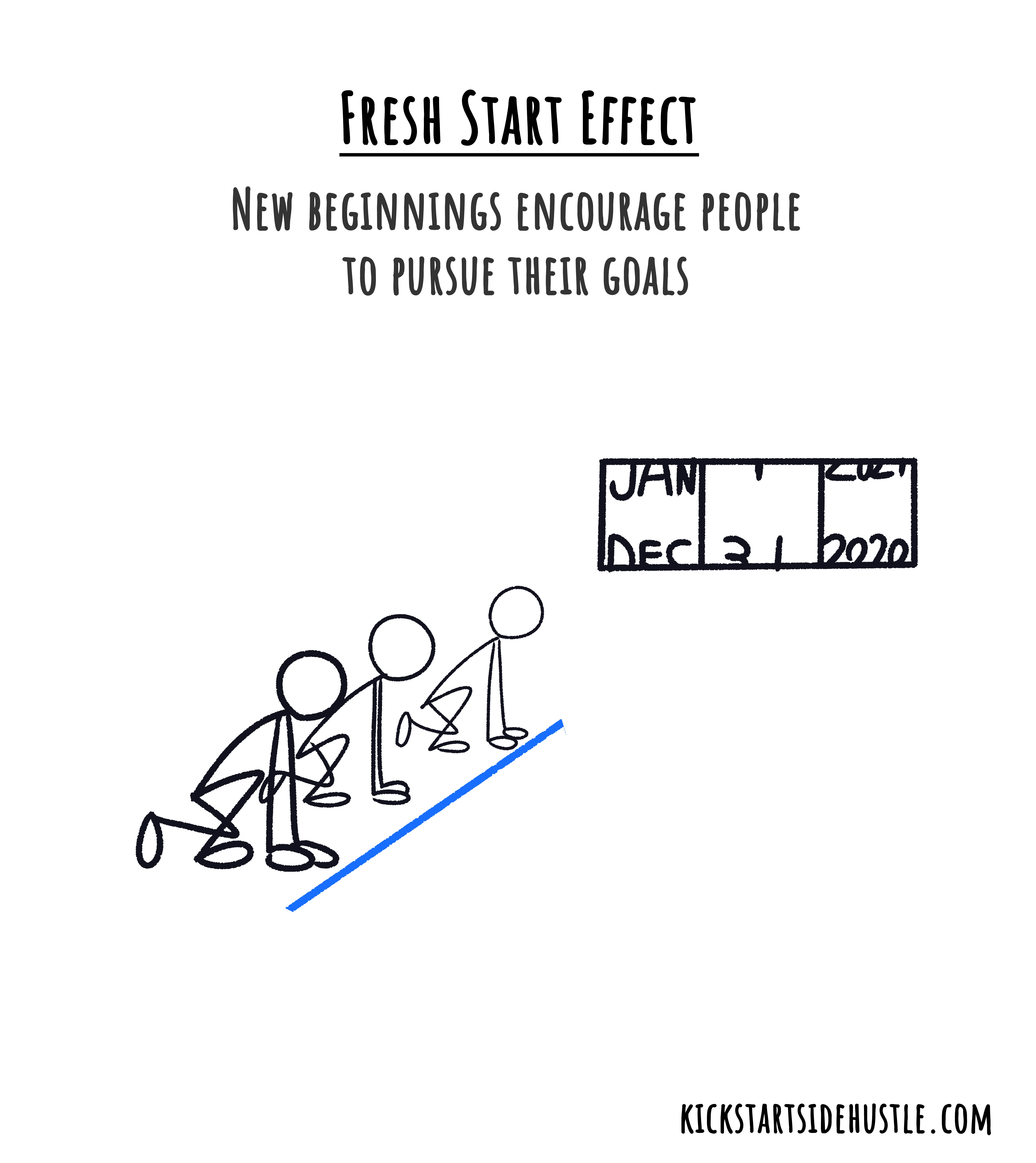
You can use this in your marketing campaigns by either:
- Using an upcoming or recent event -l a new year, big holiday (e.g. Easter)
- Being personal, like by targeting people who have a birthday, recently married, moved, or had a kid
- By “making up” the new beginning, for example, emphasizing how joining your newsletter, membership, group, etc, is a new beginning for them
2. Humor effect - People remember humorous information better
Using humor in your brand can increase your conversion rate by 28%.
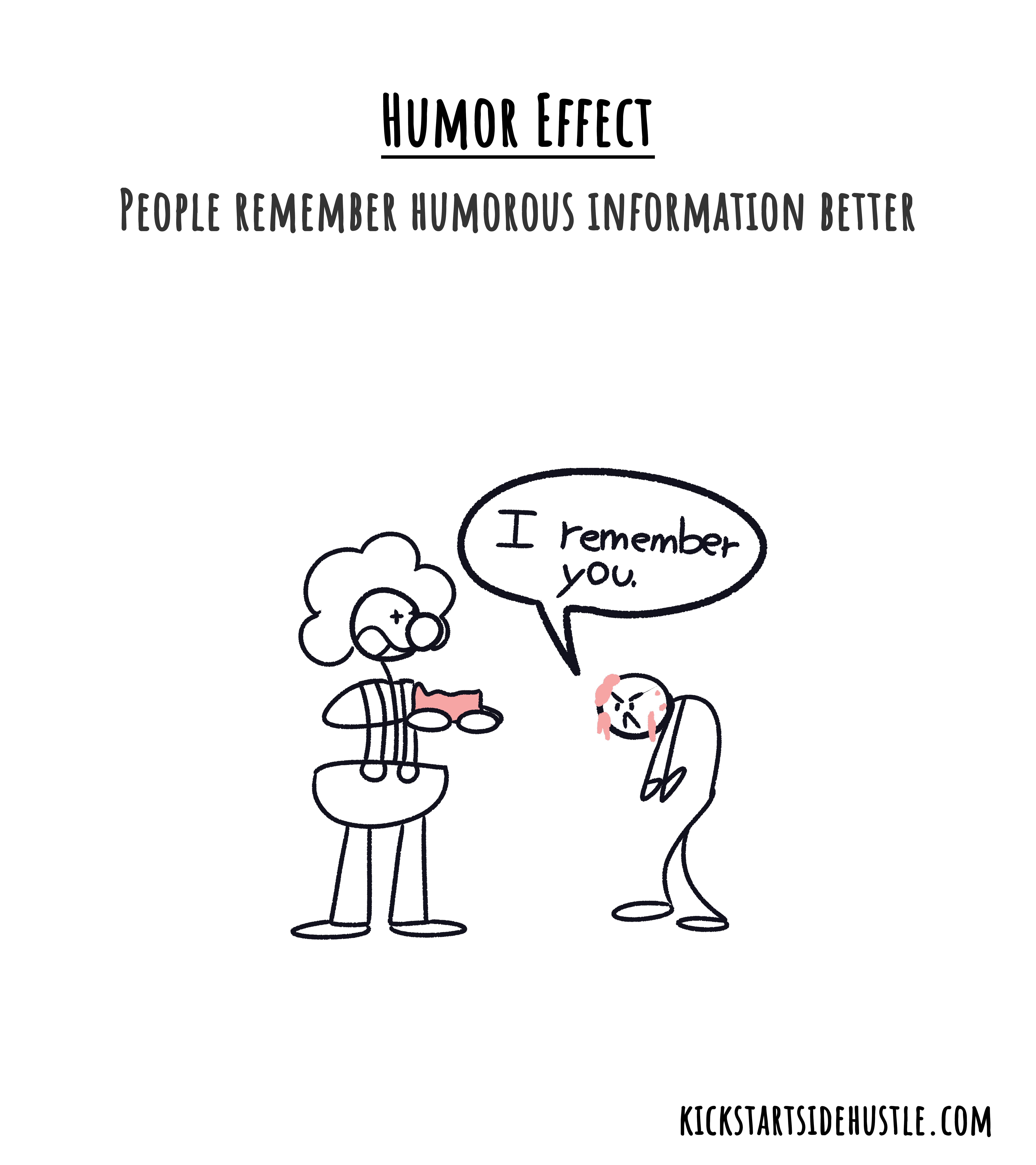
Don’t be afraid to use funny GIFs in your copy, newsletter, or landing page. Brands that use humor are more approachable and feel more authentic and witty.
We connect with other people and get more intimate using humor. Your company is the natural extension of yourself. It’s only logical to use humor in your business as well.
3. Decoy Effect - People change their preference between two options when presented with a third option (the decoy) that is “asymmetrically dominated”
This effect works especially well in SaaS businesses. I’ve seen the CTRs going up by ~30% within a day.
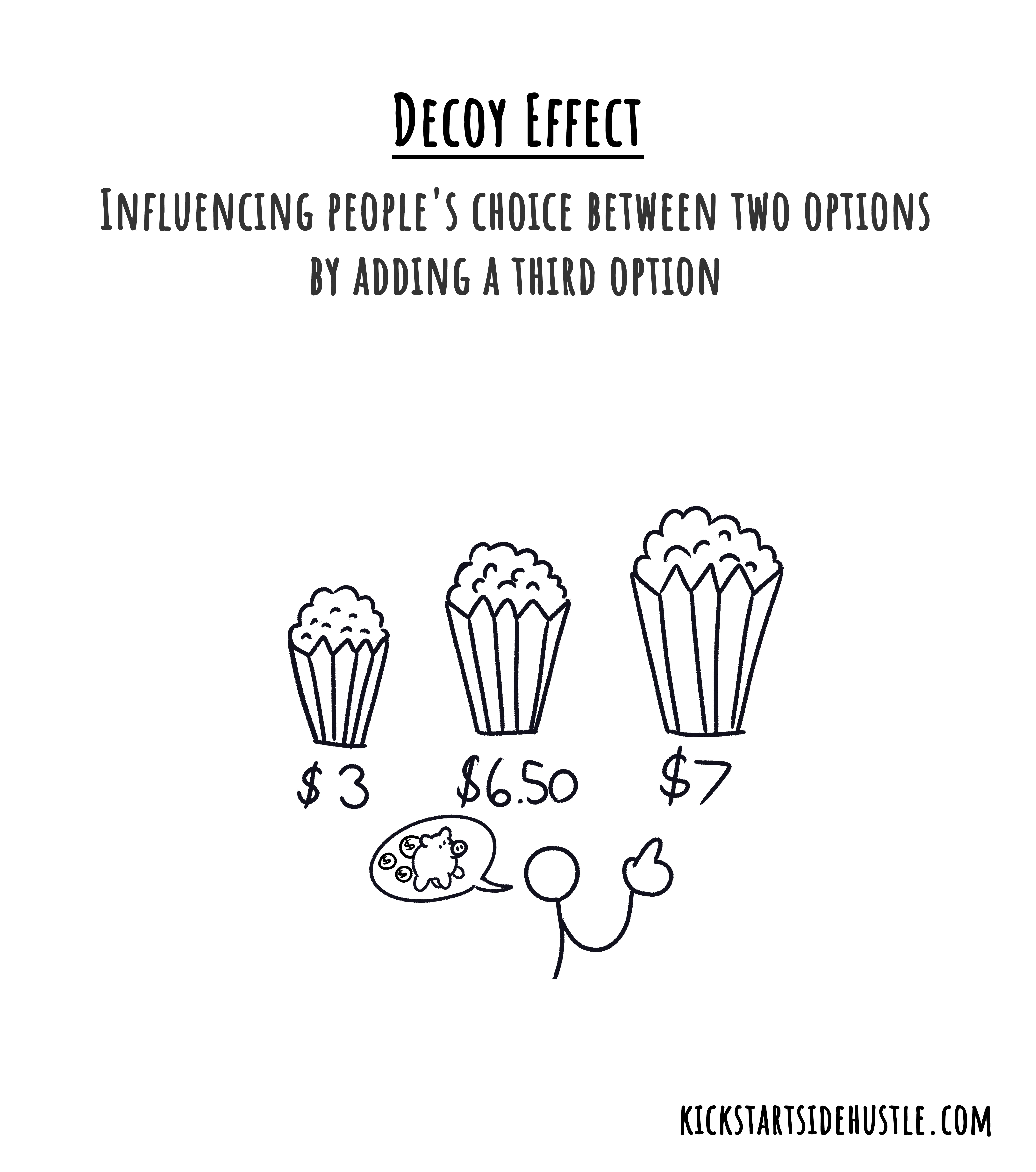
Here’s a short version explaining the Decoy Effect in pricing:
- 1 price = 2 choices: to buy or not to buy
- 2 prices = 3 choices: buy the cheaper one, the more expensive one, or don’t buy
- By adding the third price, a much more expensive one, now the second price (the previous expensive one) looks like a bargain
You might be thinking “shouldn’t I just add a dozen prices to keep people in the loop of purchasing decisions and minimize the “not to buy” option?” Nope.
Remember, you want to keep things simple. Simplicity is the key to frictionless purchasing. The number “3” seems to be deeply ingrained in all of us, so it seems natural. Think about “Three time’s a charm”, the “rule of three” in jokes, etc.

4. Stepping Stones - To embark on a complex journey every step needs to be attainable
When creating a referral program, the most important reward is the first one. The first reward has to be both achievable and attractive to motivate people to participate.
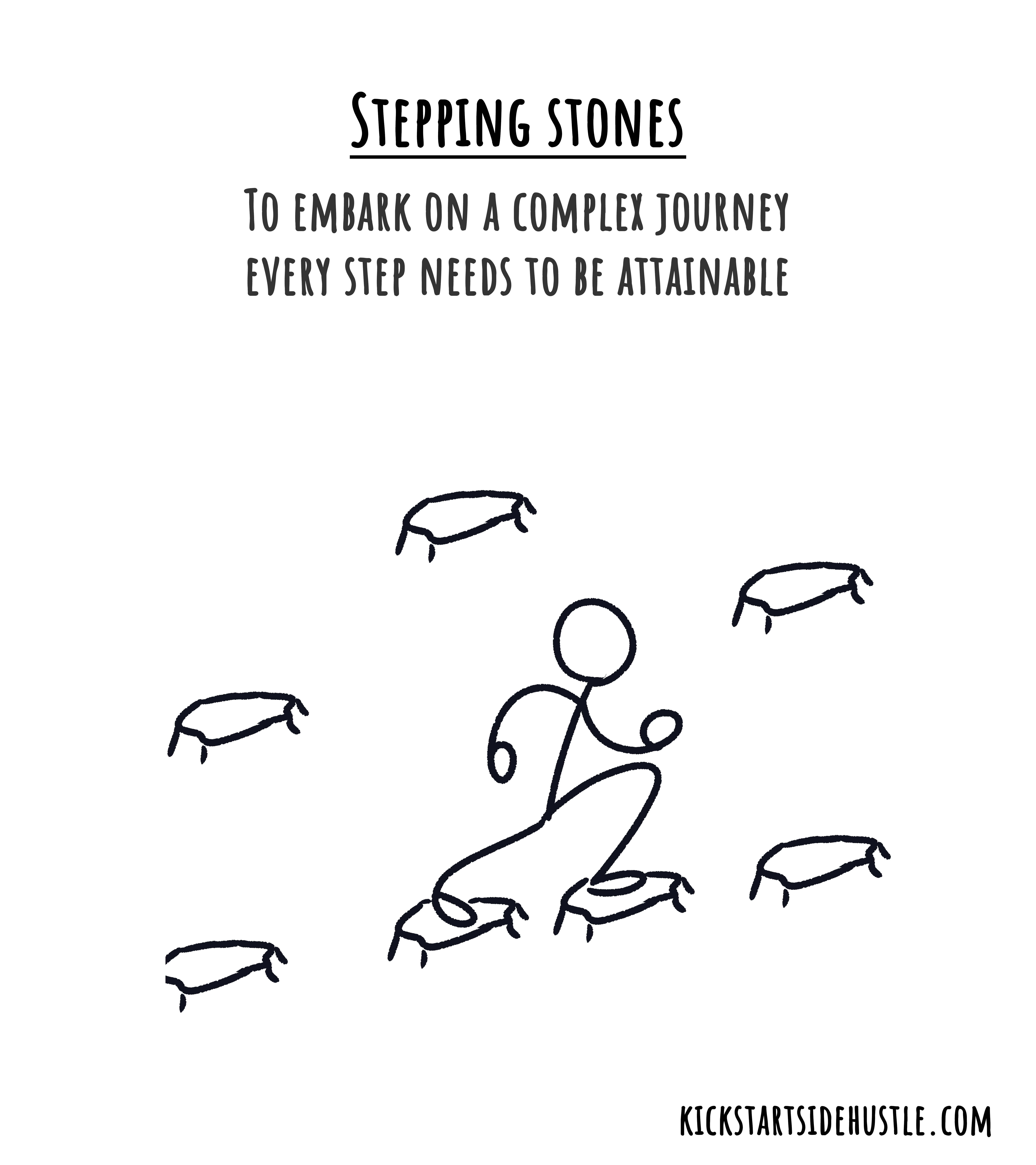
There have been just too many failed referral programs because they’ve positioned their first milestone too high. People got easily discouraged and never participated.
Those who made their rewards achievable and tangible have seen their numbers skyrocket.
Note: Physical rewards are also very important. For example, people value getting a hardcover book way more than an ebook.

5. Inaction Inertia Effect - When missing an offer once, you are likely to miss an offer twice.
When people see that you're giving big discounts frivolously every week or month, they tend to ignore them after a while, because the perceived value of your product lowers each time.
There are just too many businesses offering discounts almost every week. I’ve been guilty of that practice as well.
If you want to give discounts to the same audience, do it with at least 1.5-2 months break in between them.

This is the psychological obstacle many founders have around pricing: “charging more than $70 for my product might be too much for my audience.”
The thing is, the price shouldn’t be a problem if your product is great. “I don’t have money” is a surface-level objection, not a real one. Don’t try to overcome it.
Let me explain it this way: if you want something bad enough, you’re going to find a way. If you don’t want it, you’re going to find an excuse.
Note: Of course, the pricing always DEPENDS on the product, location, competition, market, and hundreds of other aspects. But if you’ve created something truly useful that STANDS OUT, you shouldn’t lower your prices. Most of the time, you should probably increase them.
6. Foot-In-The-Door Technique - Getting a person to agree to a large request by agreeing to a small one first
“Would you like fries with that?” - You’ve heard it a thousand times before. And it works! This phrase brings McDonald’s more than $28M/year in revenue.

This is how to use this technique: upsell whenever you can, but in a friendly, not pushy manner.
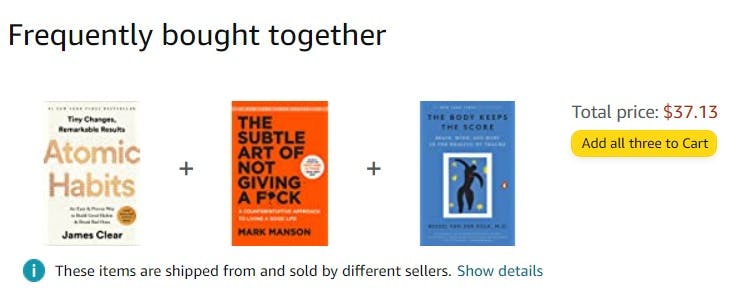
However, be mindful of using scammy tactics, like adding extra products to the cart at checkout.
7. Risk Compensation Theory - People tend to be more careful if they feel a greater risk from taking a particular action. They are less careful when they feel they’re protected by certain factors.
There are a few ways to making your product or service less risky:
- Outline a clear refund/return policy
- Offer a 30-day money-back guarantee
- Offer a trial: Free* or Paid (~$1)
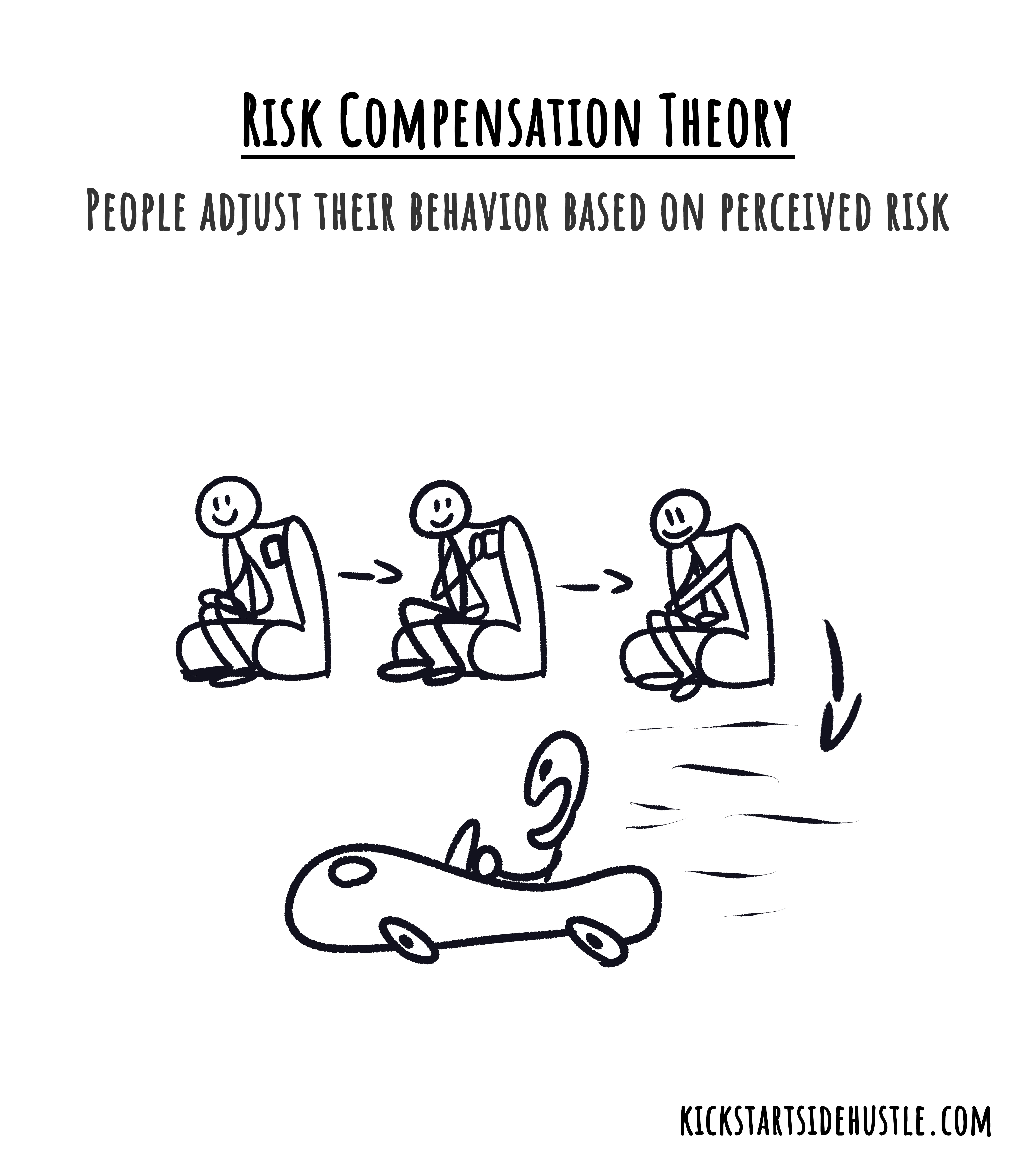
With the free trials there are two paths:
- Free no credit card required
Here’s what markcopyai’s trials looked like when they stopped requiring credit card information.

- Free with credit card details
This is the other side of the coin. The photo shows the revenue coming after implementing the required credit card details for the free trial
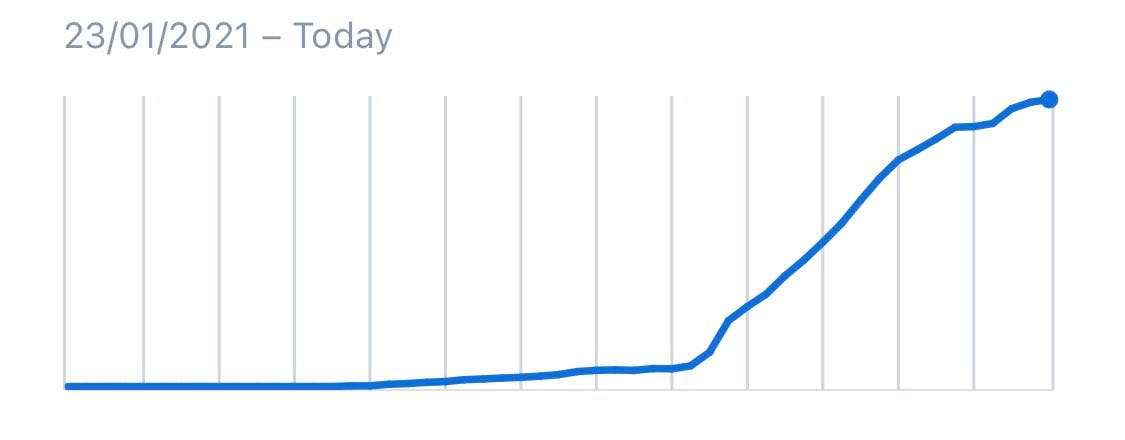
So which option of free trial to choose?
Test it!
8. Storytelling Effect - People prefer and remember stories better than facts alone
To show you the power of storytelling, here’s a little anecdote:
In 2009, Rob Walker bought 200 objects from eBay for a total sum of $129. He then asked 200 authors to create a story for each object. Rob then sold those 200 objects with included stories on eBay again. He sold them for $8000. That's a 6202% increase in value.
We’re all storytellers.
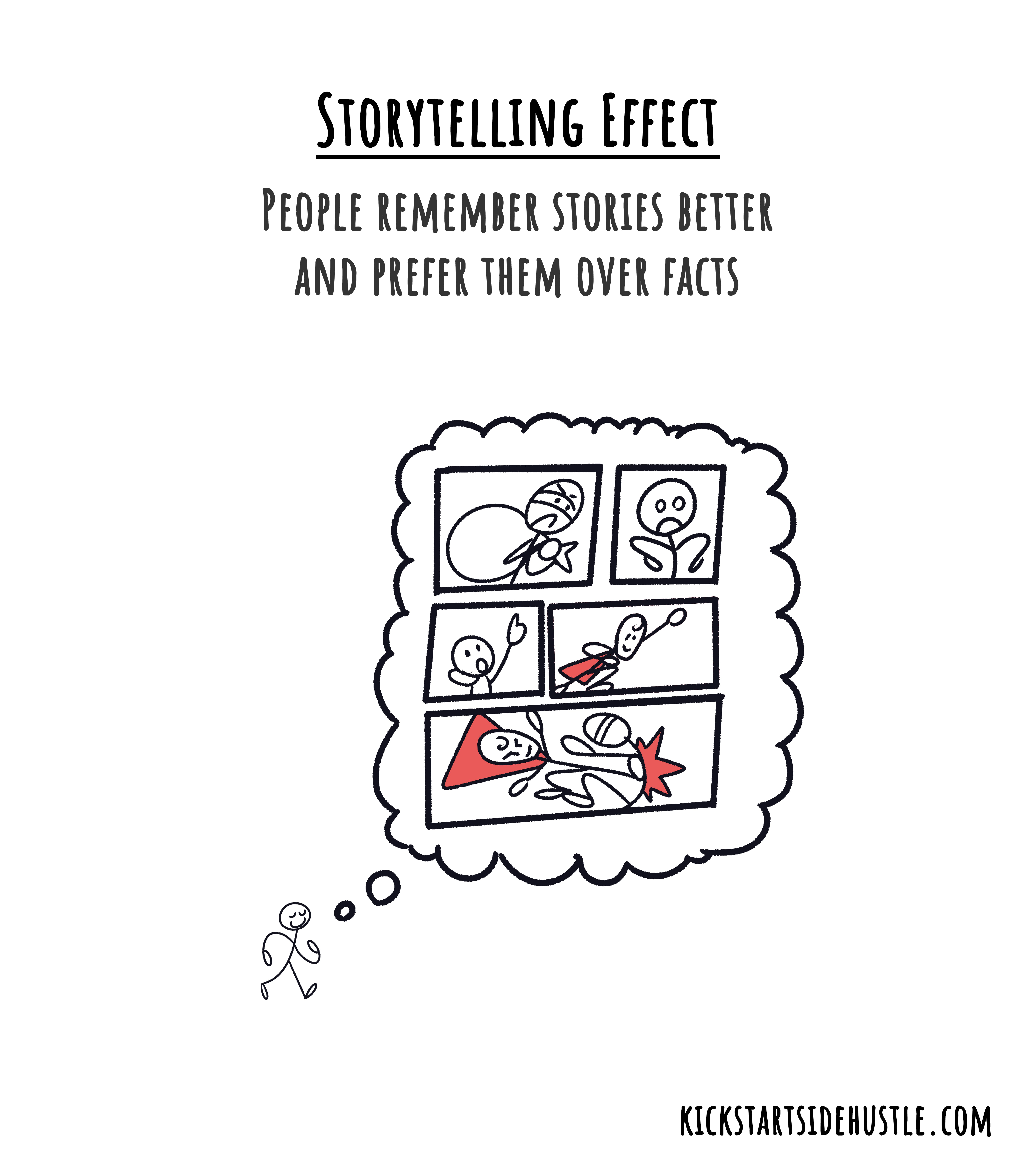
You’re building your story either by building in public, going on podcasts, landing page copywriting, case studies, blogs, or a hundred other activities.
Be aware of the story you create, or if you haven’t started one yet, this might be a great moment to start (the fresh start effect).
9. Cashless Effect - People pay more when they can't actually see the money

People are naturally moving away from cash. The cashless effect is seen by the fact that debit cards are the preferred payment method, followed by credit cards, and cash being the least preferred payment method.
Shoppers spend up to 83% more when paying with card vs cash.
Nothing new…
But there’s another big boy in town in the Cashless Effect niche:
“Buy Now, Pay Later” option at the checkout, in the US, increases an average order value up to 50%, decreases cart abandonment by 28%, boosts repeat purchases among first-time customers up to 23%, and reduces sales refunds by 17%.
10. Sensory Adaptation - People ignore the things they get exposed to repeatedly
On one hand, a person needs an average of seven interactions with your brand before purchasing (The Mere Exposure Effect), but on the other hand, throwing the same ad 20 times at someone is not a good idea.
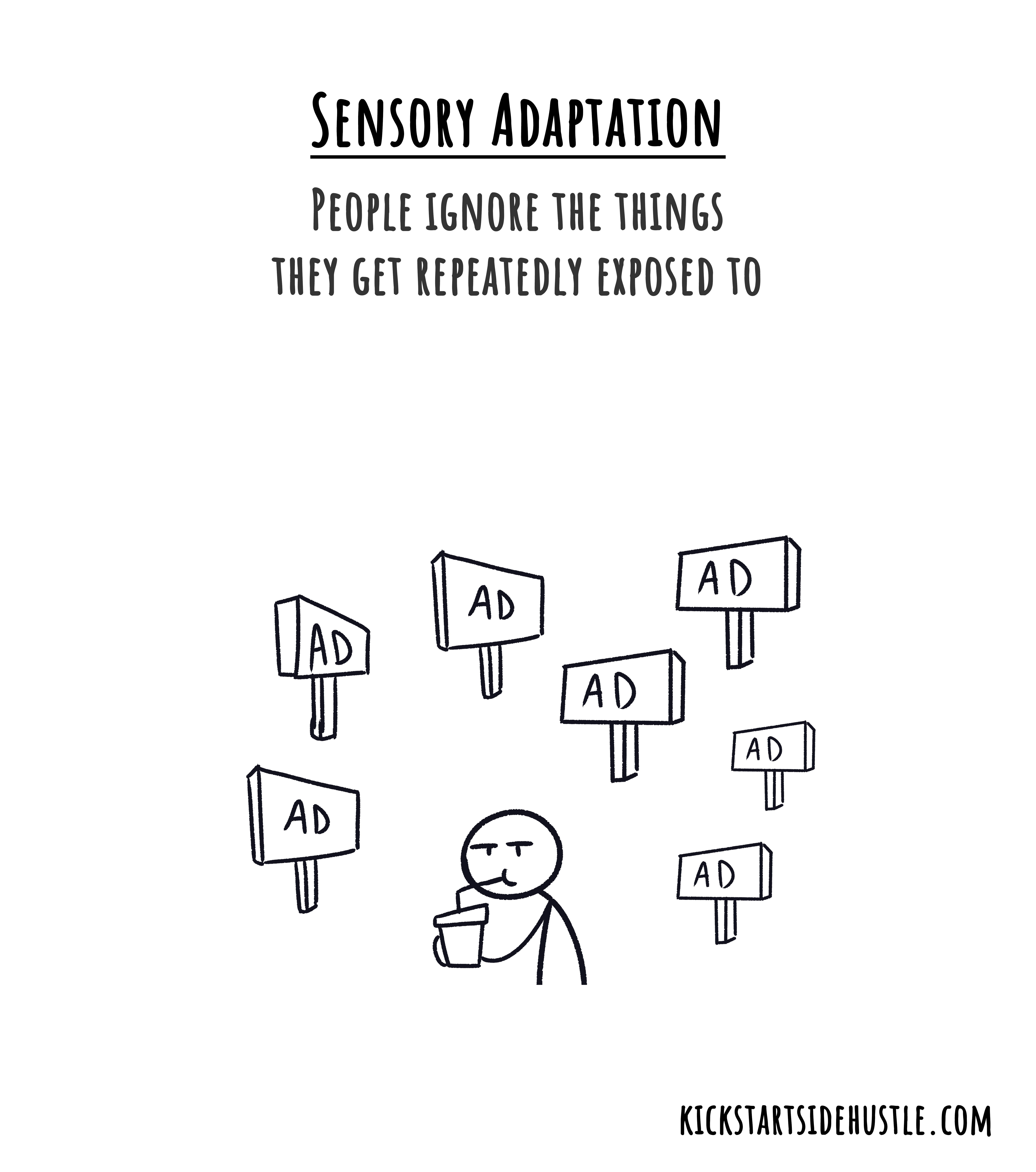
Instead of a single ad graphic, provide an ad sequence that releases each different ad to the user, depending on user actions or timing.
—
That’s it! This is a short version of the world of cognitive biases in marketing. You can check out a 3-page cheatsheet here.
Find more similar content in a weekly newsletter I publish here.